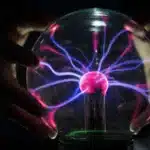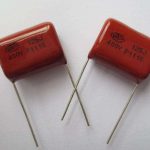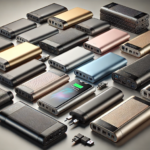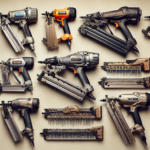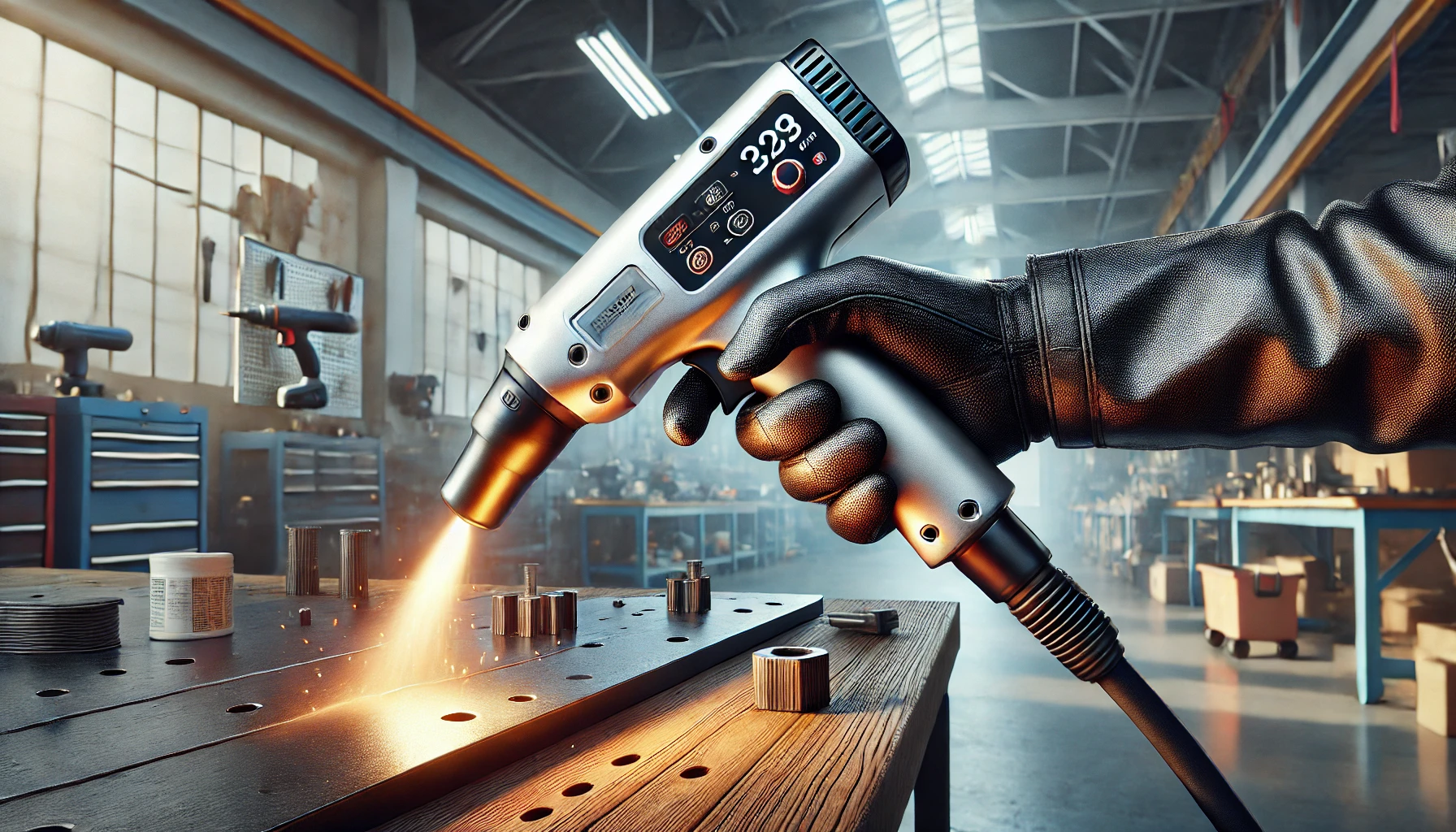
Introduction
Heat guns are versatile tools used in various applications, from stripping paint to crafting and electronics repair. But how exactly does this seemingly simple tool generate such concentrated heat? Understanding how they work and what parameters to consider can help you choose the suitable one for your needs. This article dives into the science behind such guns, exploring their working principles and popular types and guiding you through factors to consider when choosing the best one for your requirements.
Understanding Heat Guns
A heat gun, also called a hot air gun, is a multifunction hand tool designed to emit a stream of hot air when powered on. These versatile tools are extensively used for heating, drying, and stripping operations, as well as shaping materials in various sectors. They are designed with precise temperature control and ergonomic features to enhance usability and safety. Like a glue gun, a hot air gun can safely and effectively make many tasks easier and more efficient. A heat gun resembles a hairdryer but operates at much higher temperatures – typically between 100°C to 600°C (212°F to 1112°F). Additionally, heat guns come in varied sizes, shapes, styles, and types to cater to various applications in different facilities.
Heat Transfer Mechanism: The Core Principle of a Heat Gun
These heating elements rely on the fundamental principle of heat transfer–the mobility of thermal energy from a hotter object to a cooler one. Among the conduction, convection, and radiation methods, hot air guns primarily utilise forced convection to generate concentrated heat. The core of a heat gun is an electrically heated element, often made of nichrome wire or ceramic. When electricity passes through this element, it resists the flow, causing it to heat up significantly. A built-in fan continuously draws air into the gun’s body. This air passes over the hot heating element, absorbing its thermal energy. The heated air is then channelled through a nozzle, focusing the airflow and directing the concentrated heat stream towards the target object.
Exploring the Most Common Types
They are typically categorised into two broad types based on power source and application. By power source, they are categorised into:
Electric Heat Guns
They are also called corded heat guns, are the most common models used in the market. They are relatively inexpensive and powered by electricity. An electric heat gun comes in a variety of power ratings, from around 800 watts to 2,000 watts or more. Higher-wattage heat guns can produce higher temperatures and airflow.
Cordless Heat Guns
A cordless heat gun, also called a battery-powered heat gun, is similar to an electric model but runs on rechargeable batteries. It offers the convenience of portability without requiring a power outlet, making it ideal for on-the-go projects.
Gas-Powered Heat Guns
They are more powerful than electric heating components and can reach higher temperatures. They are often used in industrial applications, such as roofing and welding. Gas-powered heat guns, which include butane and propane, are more expensive than electric heat guns and require more maintenance.
By application, heat guns are classified into:
Industrial Heat Guns
They are the most powerful type of heat gun used for a variety of demanding tasks. These tools offer a temperature range of up to 1,500 degrees Fahrenheit (815 degrees Celsius). Some common examples of industrial heat guns include high-powered, and infrared heat guns. They use infrared radiation with uniform heat distribution. They are used for precision tasks where overheating can damage the material.
Heat Guns for DIY
Heat guns for DIY projects are less powerful than industrial heat guns, but they are still powerful enough for multiple tasks, such as stripping paint, removing wallpaper, and thawing frozen pipes. DIY heat guns typically reach temperatures of up to 1,000 degrees Fahrenheit (538 degrees Celsius).
What to Look For When Purchasing a Heat Gun?
With a variety of these tools available in the market, selecting the right one depends on your intended use. Here are some crucial factors to keep in mind when looking for a purchase:
- Power Source: Based on your work environment and mobility needs, it is critical to initially decide between electric, gas-powered, or cordless models.
- Temperature Range: Consider the maximum and minimum temperatures required for your project.
- Airflow Settings: Higher airflow is suitable for faster heating of larger areas, while lower airflow offers more precise control for delicate tasks.
- Duty Cycle: This refers to the recommended time for continuous use before the heat gun needs to cool down. Professional-grade heat guns might have a higher duty cycle for prolonged work.
- Noise Level: Heat guns can generate significant noise. It is recommended that models with lower decibel ratings be considered if noise is a concern.
- Nozzle Selection: The type of nozzle significantly impacts how the heat is delivered. Standard nozzle options include concentrator nozzles for focused heat, reflector nozzles for broader heating, and flat nozzles for even heat distribution.
- Durability and Ergonomics: For heavy-duty or industrial use, opt for a robust and durable heat gun. Consider the heat gun’s weight and handle design. A lightweight and comfortable tool will minimise fatigue during extended use.
- Safety and Advanced Features: Look for safety and advanced features like heat shields and digital displays to protect your hand from hot housing and to show precise current temperature and airflow settings.
- Price and Brand Reputation: Opting for a reputable brand that guarantees better quality materials, reliable performance, and potentially longer warranties translates to long-term service and reduced budget.
Takeaway
They are indispensable tools for a multitude of applications–whether stripping paint, shrinking wrap, thawing pipes, or any other application that requires controlled heat. By understanding the working principles and considering the selection factors outlined in the document, one can easily choose the perfect heat gun for DIY projects or professional needs. Remember, always prioritise safety and follow best practices to ensure a productive and hazard-free experience.








